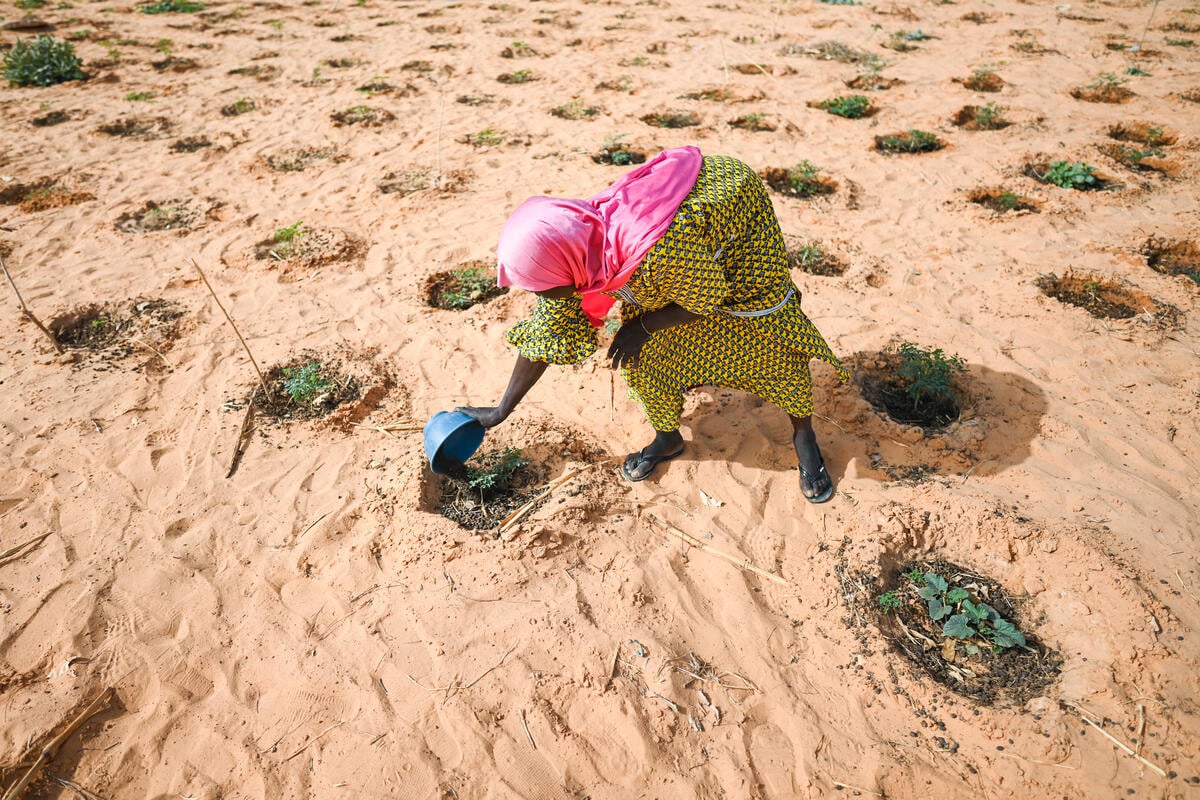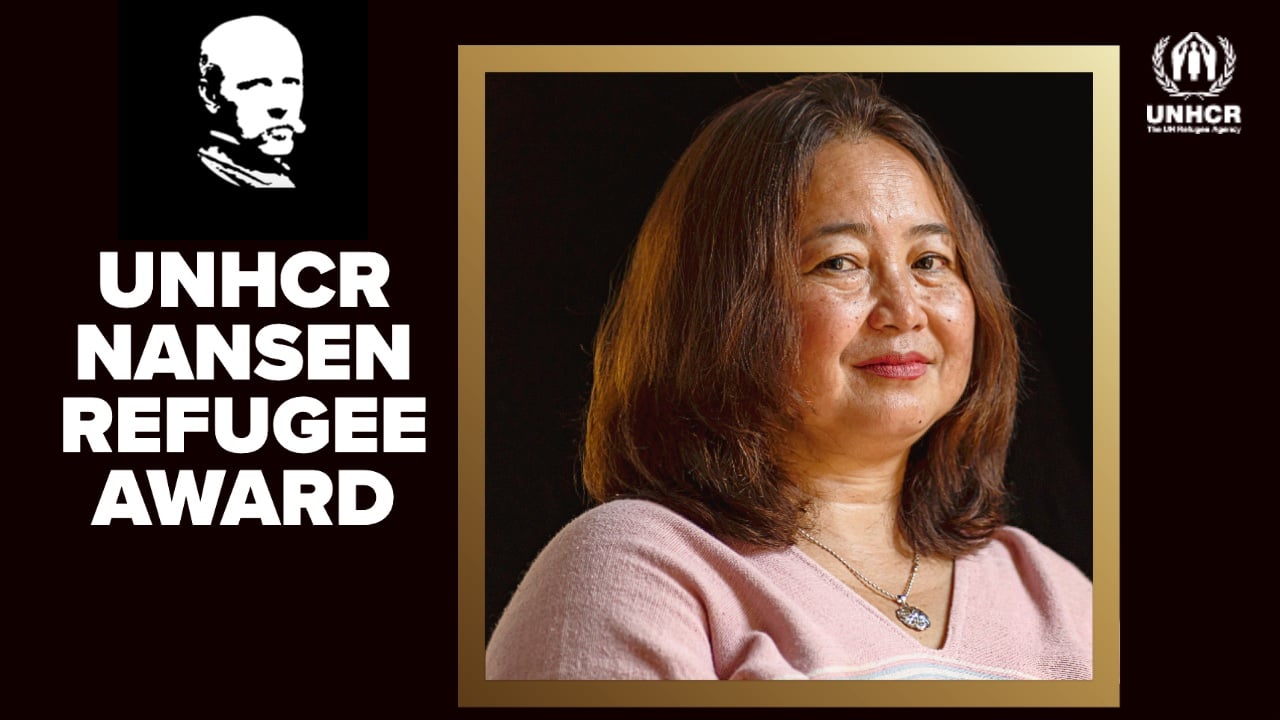Fighting forces more Somalis to flee Mogadishu, pushing number of displaced to almost 170,000
Fighting forces more Somalis to flee Mogadishu, pushing number of displaced to almost 170,000

GENEVA, June 26 (UNHCR) - The UN refugee agency on Friday said it was "gravely concerned" about spiralling violence and the worsening displacement crisis in Somalia, where almost 170,000 people have fled the capital Mogadishu since a fresh wave of fighting erupted in early May.
"Fighting between government forces and the opposition Al-Shabaab and Hisb-ul-Islam, which erupted on May 7 in several north-west areas of the Somali capital Mogadishu, is leaving a trail of civilian casualties, destruction and renewed displacement," UNHCR spokesman William Spindler told reporters in Geneva on Friday.
According to records of local Somali hospitals, more than 250 civilians have been killed and at least 900 wounded during this period. "We estimate that since the start of the fighting in May more than 169,000 people have been forced to leave their homes and seek shelter elsewhere within Somalia or in neighbouring countries," Spindler said. Between last Friday and Monday alone, an estimated 33,000 were displaced from Mogadishu due to the heavy fighting.
The majority of the internally displaced people (IDPs), some 51,000, moved to safer districts within the city or makeshift IDP settlements on the outskirts of Mogadishu, while another 48,000 fled towards the Afgooye corridor to the west of the capital. They joined more than 400,000 civilians who have been displaced since 2007. A further 70,000 have gone to more distant locations, including the districts of Lower and Middle Shebelle, Lower Juba, Galgaduud, and Gedo.
According to UNHCR's local partners, some of the displaced are heading towards neighbouring countries. And some are families that had recently returned home following a period of relative peace in Mogadishu during the first four months of the year.
Many IDPs tell stories of hardship and suffering as they try to flee the embattled Somali capital. Most of the people are trying to leave the city on board minibuses. Drivers are reportedly charging US$250 or more for a fare. UNHCR partners in Somalia spoke with some of the displaced in Afmadow, some 400 kilometres south-west of Mogadishu. One of these, a mother of six, said it took her nine days to reach Afmadow as the local transporters took her money and then left her and her children stranded along the route.
The deteriorating security situation has sharply reduced deliveries of desperately needed humanitarian aid to the displaced in and around Mogadishu. "Our local partners that have been providing a lifeline to the IDPs are facing growing security problems as they try to help the needy," said Spindler in Geneva.
Meanwhile, in neighbouring Kenya, the number of refugee arrivals from Somalia continues to rise. Since the beginning of the year, some 38,000 new refugees arrived in Kenya, virtually all of them Somalis. In June, the Dadaab camp in the north-east received 4,104 refugees. Sheltering more than 280,000 people, Dadaab is the largest refugee complex in the world.








